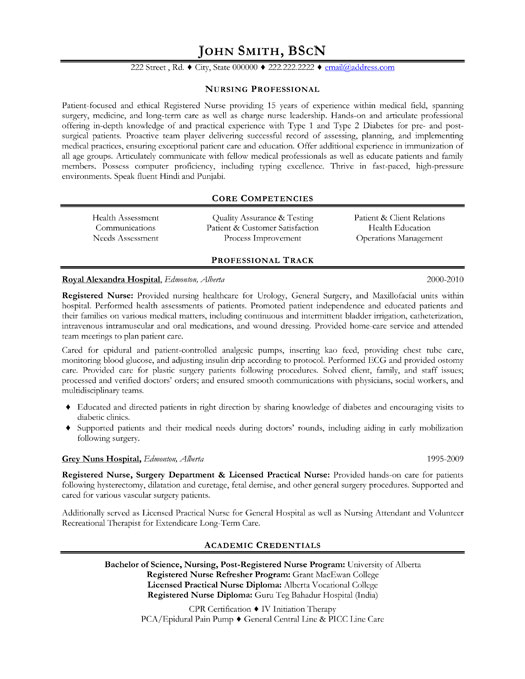

Dance-pop music was usually created, composed and produced by record producers who would then hire singers to perform the songs.Īt the beginning of the 1980s, disco was an anathema to mainstream pop. Dance-pop was more uptempo and dancey than regular pop, yet more structured and less free-form than dance music, usually combining pop's easy structure and catchy tunes with dance's strong beat and uptempo nature. These genres were, in essence, a more modern variant of disco music known as post-disco, which tended to be more experimental, electronic and producer/ DJ-driven, often using sequencers and synthesizers.ĭance-pop music emerged around the early 1980s as a combination of dance and pop, or post-disco, which was uptempo and simple, club-natured, producer-driven and catchy. Īs the term "disco" started to go out of fashion by the late 1970s to early 1980s, other terms were commonly used to describe disco-based music, such as "post-disco", "club", "dance" or "dance-pop" music. Madonna has been credited for popularizing dance-pop music, since her debut in the early-1980s. Notable artists include Cher, Madonna, Britney Spears, Rick Astley, Kylie Minogue, Christina Aguilera, Spice Girls, Paula Abdul, Backstreet Boys, Michael Jackson, NSYNC, Jennifer Lopez, Janet Jackson, Rihanna, Katy Perry, Lady Gaga, Years & Years, Justin Bieber, and Ava Max, among others. Such include contemporary R&B, house, trance, techno, electropop, new jack swing, funk and pop rock.ĭance-pop is a popular mainstream style of music and there have been numerous artists and groups who perform in the genre. ĭance-pop is highly eclectic, having borrowed influences from other genres, which varied by producers, artists and periods. The genre, on the whole, tends to be producer-driven, despite some notable exceptions. Developing from a combination of dance and pop with influences of disco, post-disco and synth-pop, it is generally characterised by strong beats with easy, uncomplicated song structures which are generally more similar to pop music than the more free-form dance genre, with an emphasis on melody as well as catchy tunes. It is generally uptempo music intended for nightclubs with the intention of being danceable but also suitable for contemporary hit radio. Dance-pop is a subgenre of pop music that originated in the late 1970s to early 1980s.


 0 kommentar(er)
0 kommentar(er)
